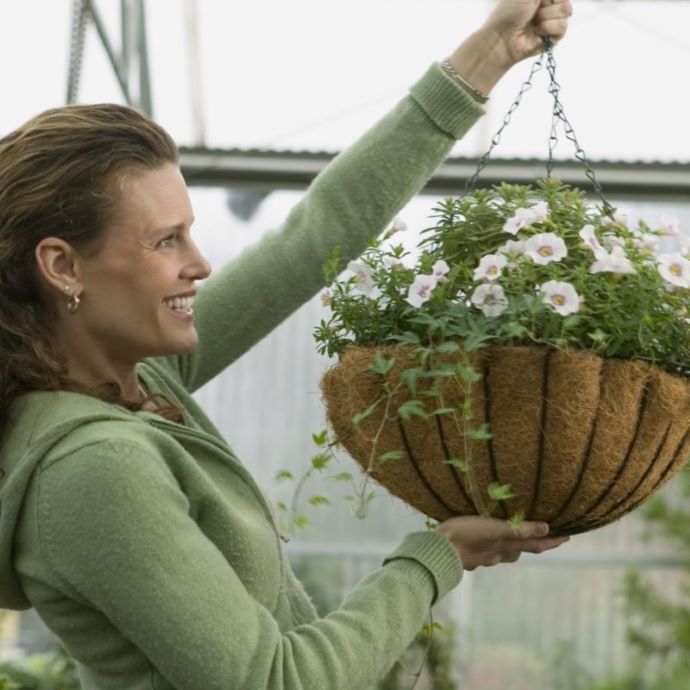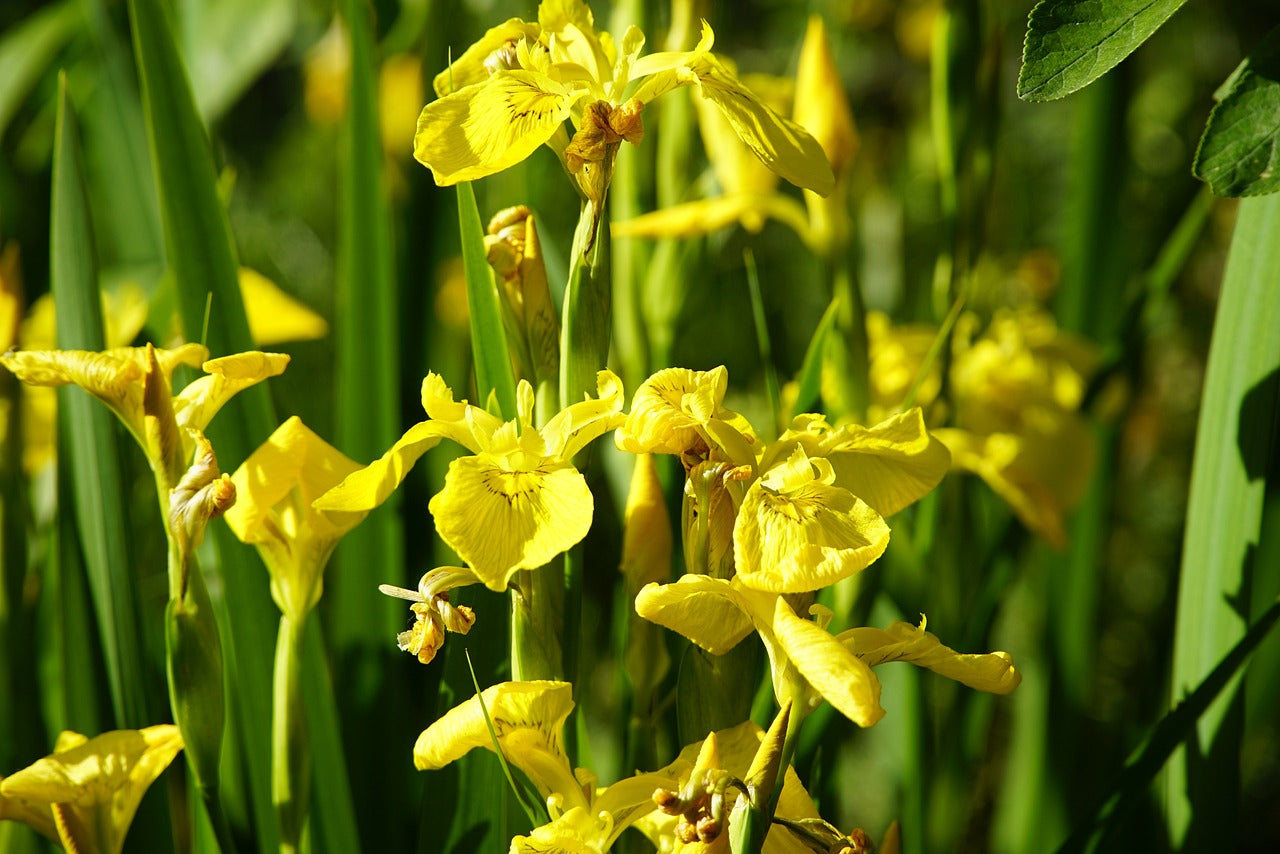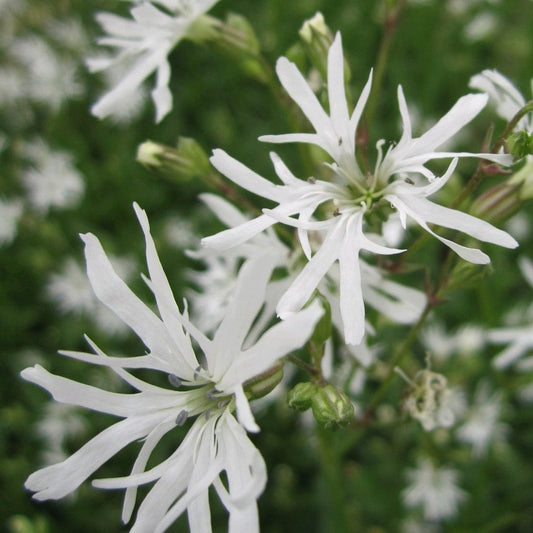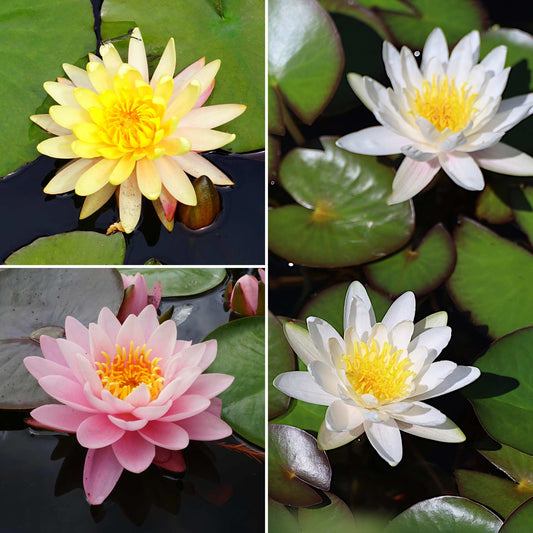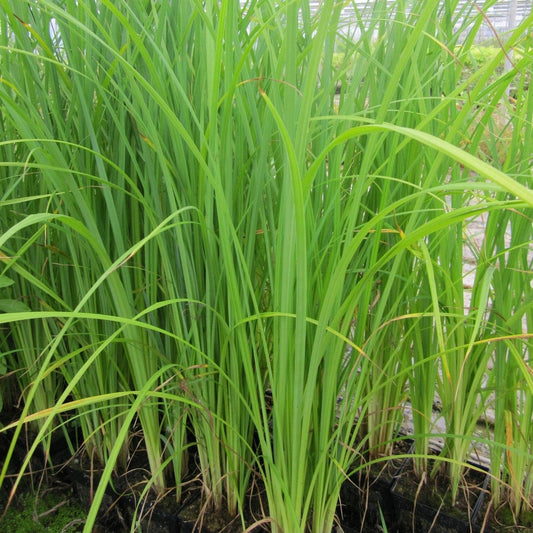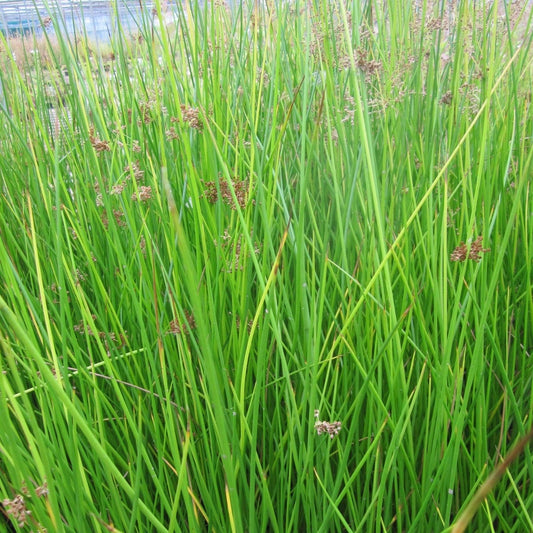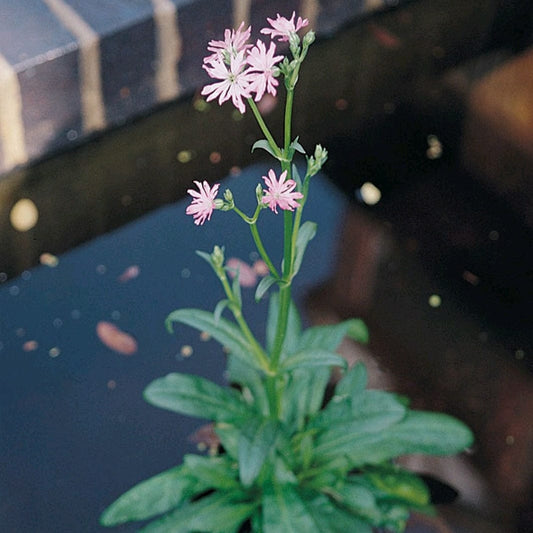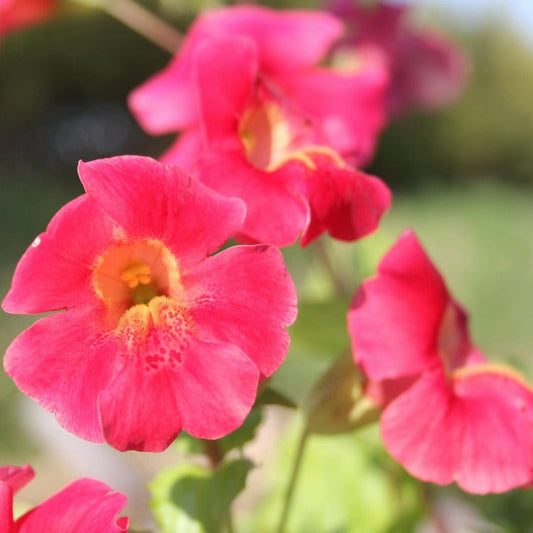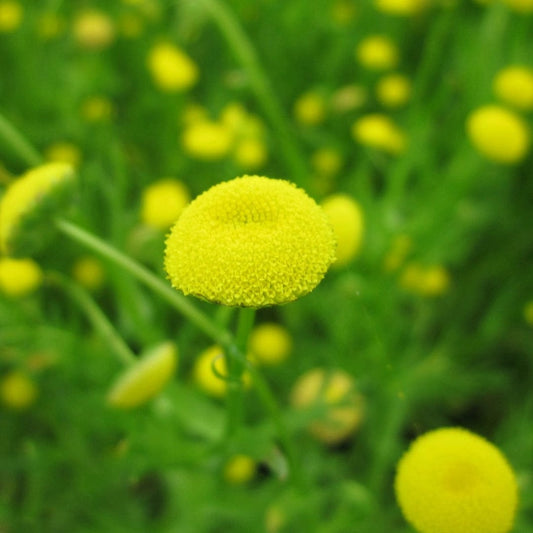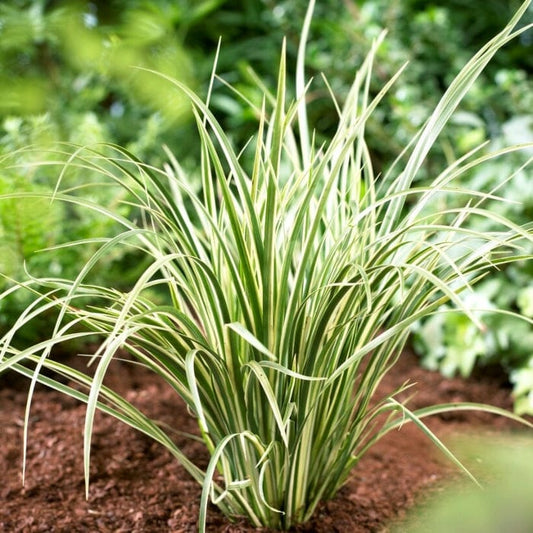Winter Pond Plants: Care Guide
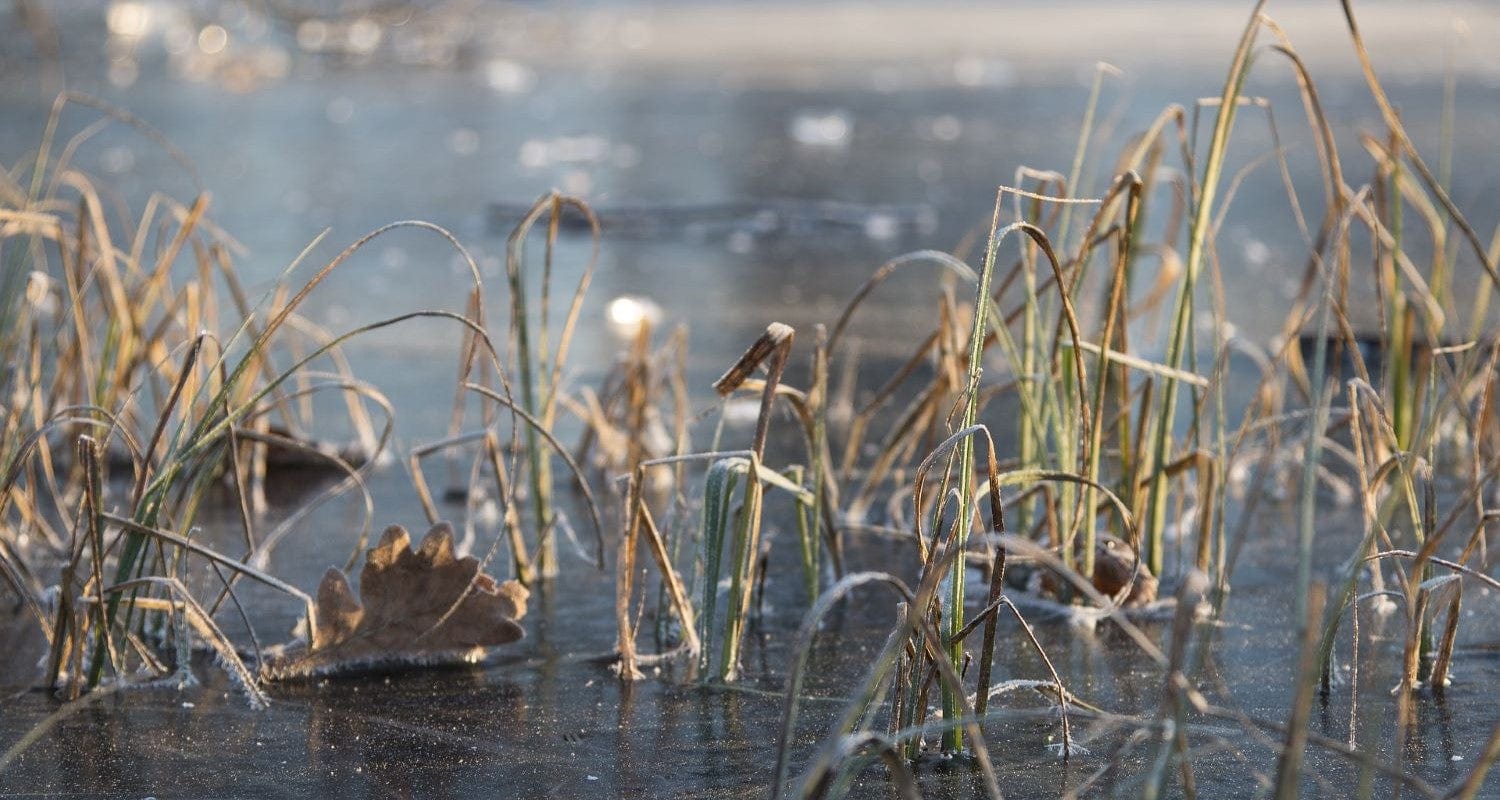
To keep your garden pond clean and the plants healthy (as well as looking amazing), you need to do a little weeding and pruning at least once a year. This can be tricky though - your pond is not just a stunningly beautiful garden feature, it’s a wildlife habitat full of animals who are a little hazy on the concept of garden maintenance.
That’s why winter is the perfect time to get the job done - you’re not going to dislodge any frogspawn, dragonfly hatchlings or other pondlife, and the plants have stopped flowering to go dormant for the winter. Here’s the full guide to what you need to do, plus our top winter pond plants.
Jump to:
- Why clean your pond in winter?
- Removing weeds
- Cleaning the bottom of the pond
- Pruning water lilies
- Cutting back marginals
- Dividing plants
- Tidying pondside plants
- Preparing for winter
- Preventing your pond freezing
- Keeping wildlife safe
- Looking after your pond pump
- Top winter pond plants
- Winter flowering pond plants
Why do you need a winter clean up?
When pond plants get overcrowded or the pond has a lot of weeds, it can really affect the water quality, leading wildlife to pack up their bags and move elsewhere. Left alone, the water oxygen level will be insufficient for the animals and the sunlight isn’t going to be able to get through to the deep water. At this time of year you can also get dead leaves falling onto the pond surface. If these aren’t removed, they end up rotting at the bottom of the pond, releasing bacteria that the sunlight isn’t going to be able to kill off, and harming the animals.
To avoid this happening and keep your pond nice and habitable, here’s what to do.
1. Remove the weeds
I use a pond net to remove surface weeds like duckweed - you can get one of these from an aquatic shop or garden centre. Skim the surface gently with the net to avoid damaging your plants, then dump the weeds on the side of the pond for a day or two, so any animals on them can make their way back to the water easily. After this you can compost it.
An ordinary garden rake is good for removing submerged weeds (the tangled mess under the water). If you have a plastic pond liner, be really careful not to damage it, because the last thing you want is a leak.
At the same time as this, if you have deciduous trees or plants surrounding the pond, you’ll need to remove the dead leaves from the pond surface, or these will rot and muddy the water.
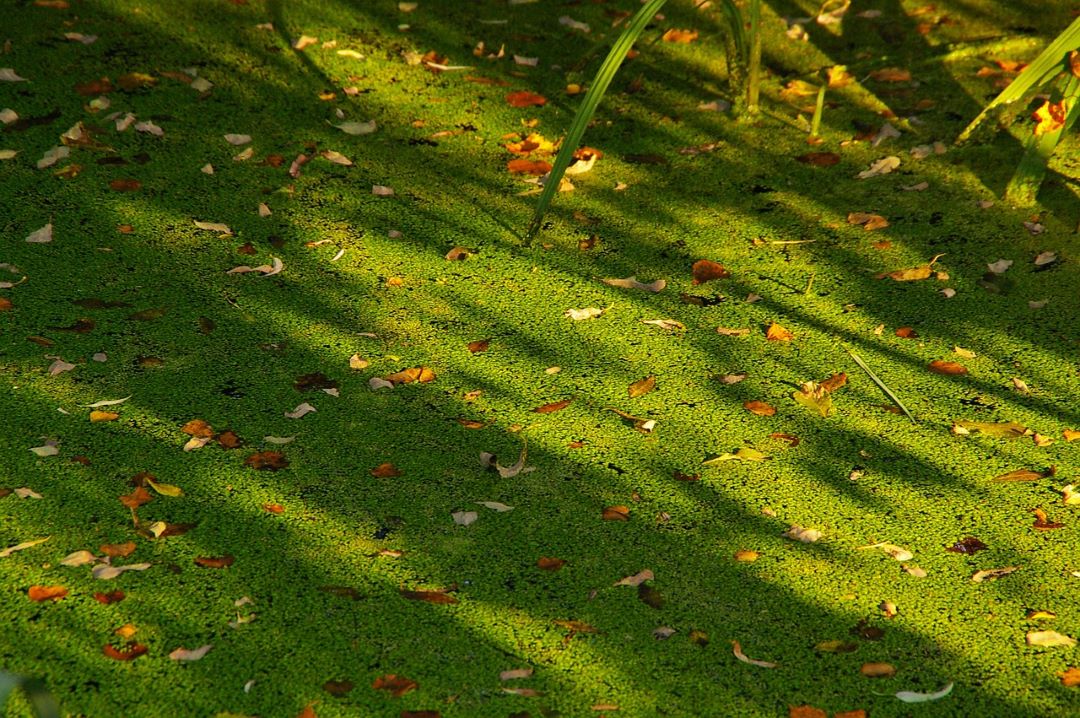
2. Clean the bottom of the pond
Well this is the job no-one wants to do! Grit your teeth and get that sludge out however, and you’ll be rewarded with a clearer pond with healthier plant growth and happier animals. Don't go mad - you need a thin layer of sludge on the bottom of the pond for plants to root in, but too much can end up polluting your water and making the resident creatures ill. Here’s how to clean it.
- Get yourself a fine mesh sludge net from your local aquatic shop.
- Remove any fish into buckets of water from the pond and put them in a safe place.
- Gently drag it through the sludge, trying not to stir it up too much, and dump the sludge in a bucket (not the one your fish are in).
- Dispose of the sludge responsibly in a compost heap or at the back of a border.
- If your sludge problem is bigger than you thought, consider using a pond vacuum.
- Once you’ve removed sufficient sludge, replace the fish.
- If I never have to type ‘sludge’ again it’ll be too soon.
3. Prune the water lilies
Hardy water lilies and similar floating plants need trimming back occasionally so they don’t block off all the sunlight to the pond. If yours are fairly new and were planted in pots, you can lift them out of the pond for easier pruning. If they’re more established (after around a year or two), leave them in situ and prune the top part of the plant like you would any perennial. Here’s how.
- Make sure the rhizomes (the long stems like the branches of a land plant) are spaced out well around the plant’s crown in different directions and not overcrowded.
- If they are crowded or crossing over, cut out about a third of them (preferably the weakest) with a clean, sharp garden knife or pruners, close to the crown.
- Don’t throw away the trimmings - you can replant these somewhere else or give them away to other pond owners (unless there’s any disease or pest infestation in your pond - this could spread problems to other ponds).
- Remove any dead flowers or leaves from the crown of your plant and dispose of them.
4. Cut back the marginal plants
Marginals like irises and rushes look glorious in the summer but if yours are taking over (as my Yellow Flag irises tend to), they can now be divided or thinned out. Dragonflies love to perch on these tall plants, but there aren’t any around in winter, so we’re OK to cut back all of the dead leaves. Trim them down to the healthy foliage, so you’re removing all the brown or yellow bits, or to make it a bit neater, cut them all down to about 8cm above the water.
5. Divide overgrown plants
If you want to reduce the number of plants in your pond, you can do this by dividing. This means pulling them up or digging them out. They should come up quite easily since the soil is wet, but mature plants will take a bit more effort. Wear gloves for this job, because the sap of some plants can irritate your skin, and make sure you get all the bits of the plant out, or they’ll just regenerate. You really need to do this every three to five years. You can give away the spare plants or grow them somewhere else - they’re quite happy in a wet border too.
If there are any seed pods on there, you can just snip them off and store them in paper envelopes, then take them to your local seed swap or give them to Uncle Harold for Christmas.
6. Tidy the pondside plants
Give your pondside plants the same treatment - prune down those that have died back and reduce any which have overgrown their space, especially trailing plants which could block up the pond if they’re left alone. Just give them a little trim a couple of times a year so there’s still enough foliage cover for when the young frogs and newts emerge in the summer, to give them somewhere to hide from predators.

7. Prepare for winter
If your pond is surrounded by deciduous trees, you might want to cover it over with a net through the autumn and winter, because you don’t want it to be full of dead leaves. If you have fish in the pond it’s a good idea to cover it with a fine mesh too, then you won’t be caught out by any herons coming to feed on them.
How do you stop a pond from freezing over?
The short answer is you can’t. You can create a breathing hole though, by floating a ball at the edge of the pond, which will stop that small area from freezing over and allow the plants and animals to get a bit of light and air. I don’t usually have to bother doing this myself, as the neighbours’ kids have got a basketball hoop and their aim is terrible. This method works best if your pond is relatively clear of plants and the water can flow freely, but if it doesn't work for you, you could consider a floating pond heater.

Keep wild animals safe
If you're lucky enough to have hedgehogs visiting your garden, there’s a risk of them wandering into the pond and not being able to get out. Don’t ask me how I know... Two things you can do to prevent this are having a range of different levels in your pond, often called pond shelves - if your pond doesn’t have these you can add some large rocks to vary the water level - and place a ramp here so if they do fall in, they can get themselves out again. This can just be an old piece of wood, but make sure it isn’t too smooth for them to get their little claws into - you can improve the grip by nailing on a piece of chicken wire.
What to do with your pond pump over winter
A pond pump keeps your pond water clean and oxygenated, but do you need to keep it going over winter? If you have fish in the pond, you should keep it running for their benefit, as it will help to stop the water from freezing. If not, then it’s really a matter of personal choice (and the size of your electric bill!).
If you do keep it switched on, and it’s a submerged pump, you should raise it up from the bottom of the pond and set it up at a higher level, to avoid different water temperatures mixing when the water gets colder, and traumatising your fish. If the pump is higher up, only the top part of the water will mix, leaving a warmer layer at the bottom for the fish to shelter from the cold.
Do any pond plants look good in winter?
Winter doesn't just have to be about cutting back - although most pond plants will die back over the winter, there are some brilliant evergreen pond plants you can add to your pond to keep it looking fresh and alive all year round - especially important if you can see it from your windows.
Mare’s Tail (oxygenating)
This useful oxygenating plant will help to keep your water clear throughout the year. It can be grown submerged under water or standing upright above the surface, providing a habitat for many different species.
Rough Horsetail (marginal)
Plant Equisetum hyemale around the edges of your pond for a striking display of upright, striped rushes. This luminous green accent plant is one of the best you can grow for dragonflies and damselflies.
Pendulous Sedge (marginal)
A native pond plant that looks lovely even when it’s covered in snow, this sedge’s leaves sweep down from the stem in all directions and it has attractive seed heads in autumn and winter.
Corkscrew Rush (marginal)
A high impact plant that doesn’t take up a lot of space, Corkscrew Rush’s bright green stems twist upwards in corkscrew clusters and can also be grown in shallow water or containers.
Winter flowering pond plants
There’s not a lot of choice here (OK, there’s no choice) but what there is is pretty special! The only pond plant that flowers in winter is Water Hawthorn, a true year-round performer which makes a great addition to medium and large sized ponds. It's a floating plant with strongly scented white flowers that blooms right through the cold weather. When the pond freezes over the flowers will die off, but as soon as it thaws again, they'll come back.
Check out more pond advice from our expert growers.Last updated: 07/12/2023







